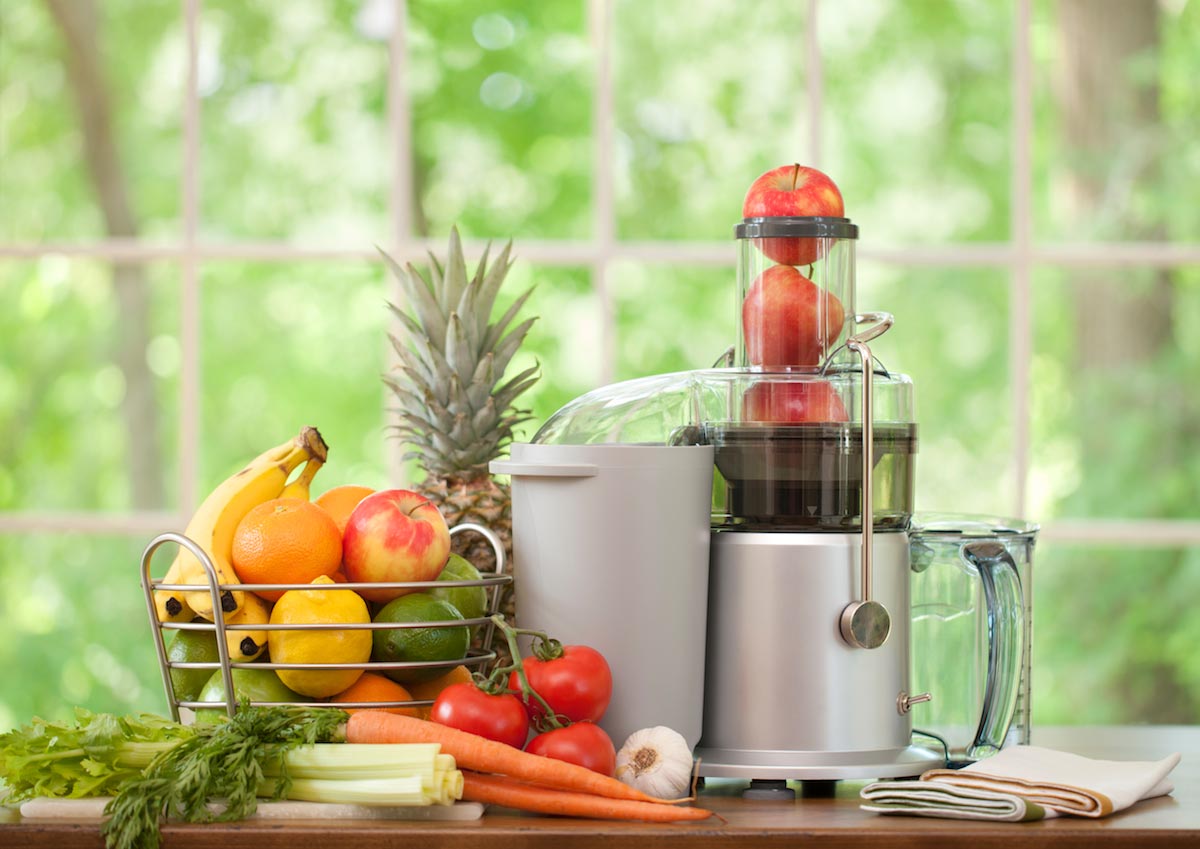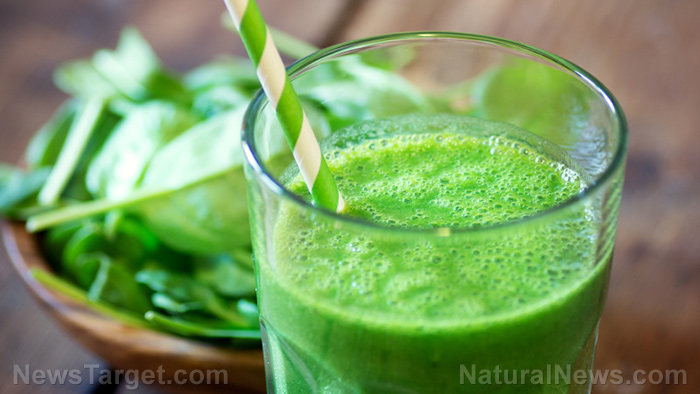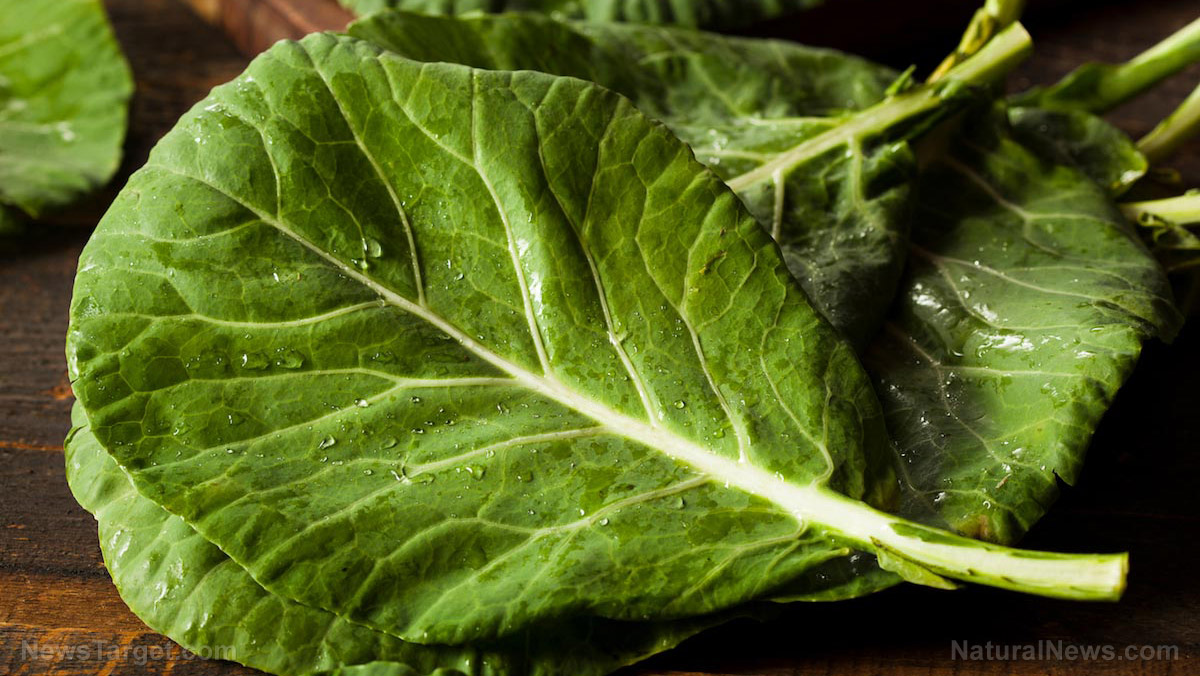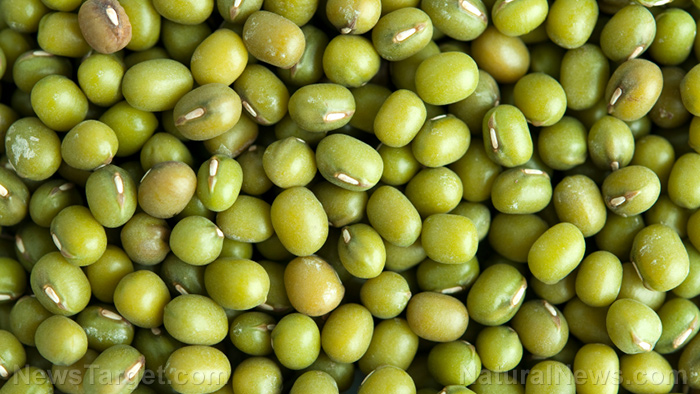Compare and contrast: Just how much money can be saved by growing your own food as opposed to buying from the supermarket?
02/26/2019 / By Lance D Johnson

How much money can you save by growing your own food and medicine? Have you ever weighed your garden’s produce and compared it to the prices at the supermarket? Have you ever considered maximizing the efficiency of your growing space?
The total amount you will save varies, depending on where you live, the weather conditions, and how much space you have but even a small space can yield dozens of pounds of produce, putting fresh fruits and vegetables on your plate at a fraction of the cost. I started with a small front yard space years ago but was able to produce bags of organic spinach, beets, cabbage and medicinal calendula in that 50-square-foot growing plot.
The more you rely on your own garden, the less processed foods you will consume. Living nutrients satisfy cellular processes and rid the mind of junk food cravings. Food is medicine. The more antioxidants, vitamins, and minerals you absorb, the better your chances of avoiding sickness, diabetes, cancer, and other health problems become. The hundreds of dollars you save at the grocery store will multiply by the thousands because you won’t need a doctor, medical intervention or expensive symptom-masking pharmaceuticals. Growing your own food also provides personal satisfaction. These feelings of happiness affect our bodies in a positive way too. Simply watching colorful fruits and vegetables grow provides an anti-depressant effect on the mind.
Homegrown produce typically contains greater quantities and more diverse nutrients because it hasn’t spent multiple days losing its nutritional value deteriorating on trucks and store shelves. If the crops are grown organically, without synthetic pesticides and herbicides, and are grown in clean soil and water, then they will be optimal sources of fresh nutrition. (Related: Rollie Pollies remove heavy metals from soil, stabilizing growing conditions, protecting groundwater.)
Basic tips to maximize savings
Your level of ambition and experience in the garden makes all the difference, putting hundreds, if not thousands of extra dollars into your pocket annually. The more you garden, the more you will learn. Tilling weeds early and often spares precious energy for the plants to grow. Smart crop rotation allows soil to recover and utilizes the specific nutrients that are left behind from certain crops. For example, beans leave behind excess nitrogen, so it’s great to rotate a nitrogen-feeding plant into that space the next year.
Composting converts food scraps into a soup of new soil nutrients to stimulate the growth of future crops. Cover crops, such as red clover, can be planted in between growing seasons to protect the soil from erosion and disperse soil nutrients, while multiplying microorganisms needed to establish healthy soil. Companion planting helps utilize the strength of one crop to help another grow. For example, carrots and tomatoes grow well together. Putting mulch around plants helps retain moisture and warmth, enhancing growth. In very wet conditions, a raised garden bed ensures proper drainage while preventing weeds from spreading into the beds. If you are strapped for time, there are also ways to grow food year round without soil.
Calculate your savings and become more efficient
In the average growing season, a typical heirloom tomato plant can provide 30 or more delicious fruits (or about 10 pounds of produce). When compared to the average value of tomatoes at the grocery store, each tomato plant produces at least $30 worth of produce each season. A row of ten tomato plants can easily produce $300 worth of produce that can be shared with family and friends or sold at the nearest farmer’s market.
After amending my soil with organic plant nutrients, limestone dust, and Epsom salt, I saw an incredible amount of chilies bloom and over a dozen large watermelons from just a few plants. All in all, I harvested over four thousand chilies, ranging from bell peppers, jalapenos, cayenne, pepperoncini, and habanero. In 2017, I personally consumed around a dozen peppers a day for four months straight. I topped almost every dish with peppers, inadvertently fortifying my body with whole food vitamin C and capsaicin, while saving at least $75 a month. Here’s a comparison/contrast chart with savings totals for common garden produce.
Organic produce and fresh herbs can be very expensive at the grocery store. I now have organic grapes and apples growing on my property, which offset costs tremendously. By not wasting money on agrichemicals, I save from the start and do not poison my food in the process. Anti-fungal and aromatic herbs such as fennel, rosemary and sage help deter pests and keep conditions ideal for the food crops. At the end of the season, the herbs can be hang-dried and prepared for the enjoyment of their vast medicinal properties all winter long.
I’m an amateur at gardening but you can learn a lot quickly by putting in the extra effort, listening to more experienced farmers, finding efficient methods, and paying attention to the details of your ecosystem. All kinds of crops emerge for free in yards and fields, too. You can make use of dandelions, wild onions, and red clover to flavor a salad and boost its nutritional content. When you compare the price of supermarket organic produce to the cost of managing your own garden, you will quickly find that you’re saving hundreds of dollars, if not thousands in health care and supplement costs by producing your own food and medicine.
Sources include:
Tagged Under: companion planting, Composting, cover crop, crop rotation, food as medicine, healthy habits, herbal medicine, home gardening, mental health, organic farming, saving money, self sufficiency, soil microbes




















